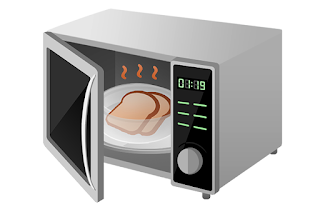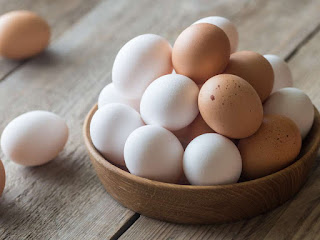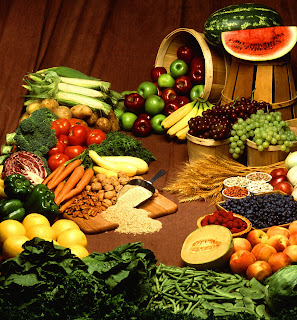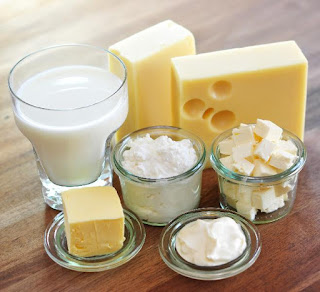How to Lose Weight Fast? 10 weight loss tips

How to Lose Weight Fast? How do you lose weight? The best approach for weight loss is reducing the number of calories you eat while increasing the number of calories you burn through physical activity. To lose 1 pound, you need an expenditure of approximately 3,500 calories. You can achieve this either by cutting back on your food consumption, by increasing physical activity, or ideally, by doing both. For example, if you consume 500 extra calories per day for one week without changing your activity level, you will gain 1 pound in weight (seven days multiplied by 500 calories equals 3,500 calories, or the number of calories resulting in a 1-pound weight gain). Likewise, if you eat 500 fewer calories each day for a week or burn 500 calories per day through exercise for one week, you will lose 1 pound. Examples of calorie content of some popular foods and beverages include the following: • One slice of original-style crust pepperoni pizza - 230 ca



